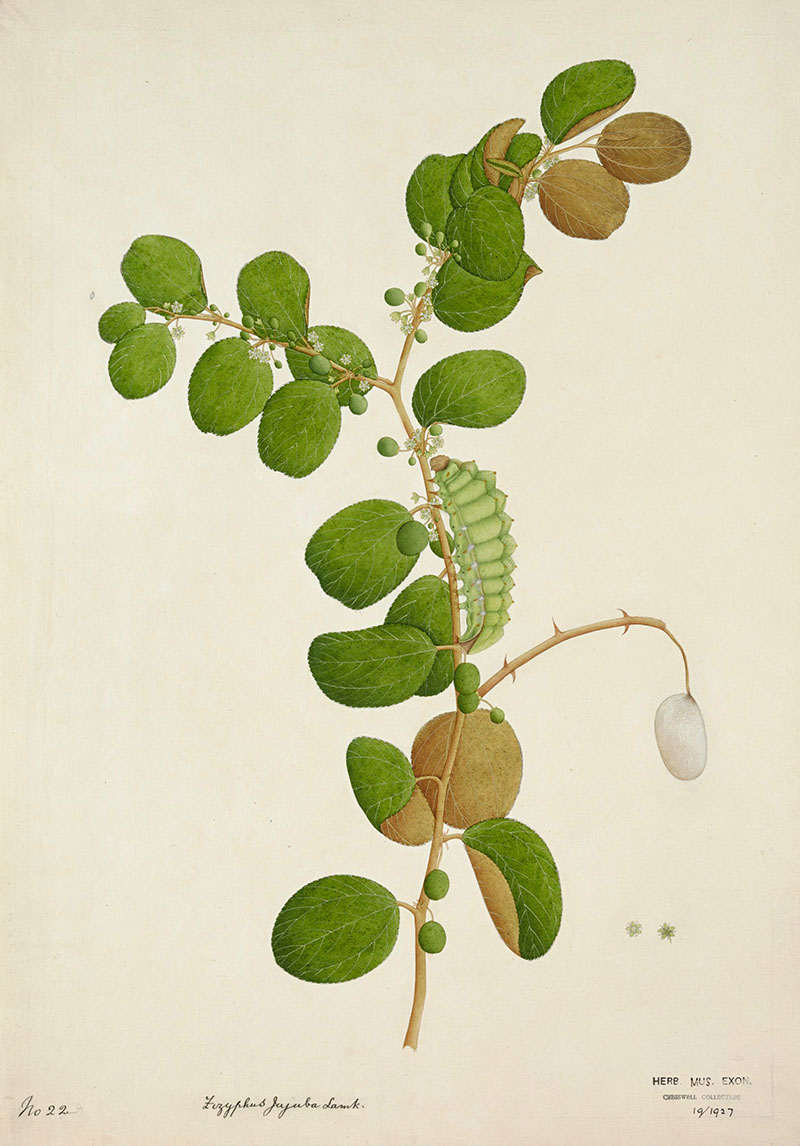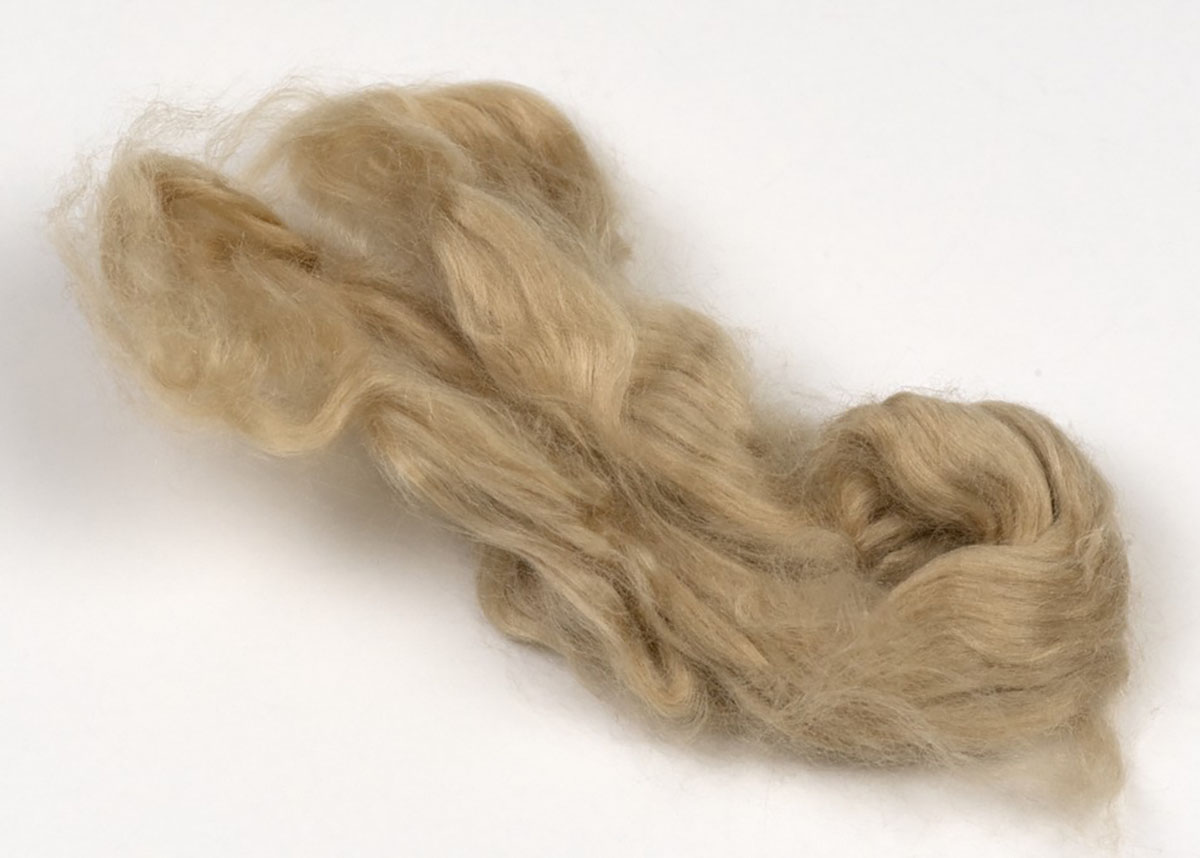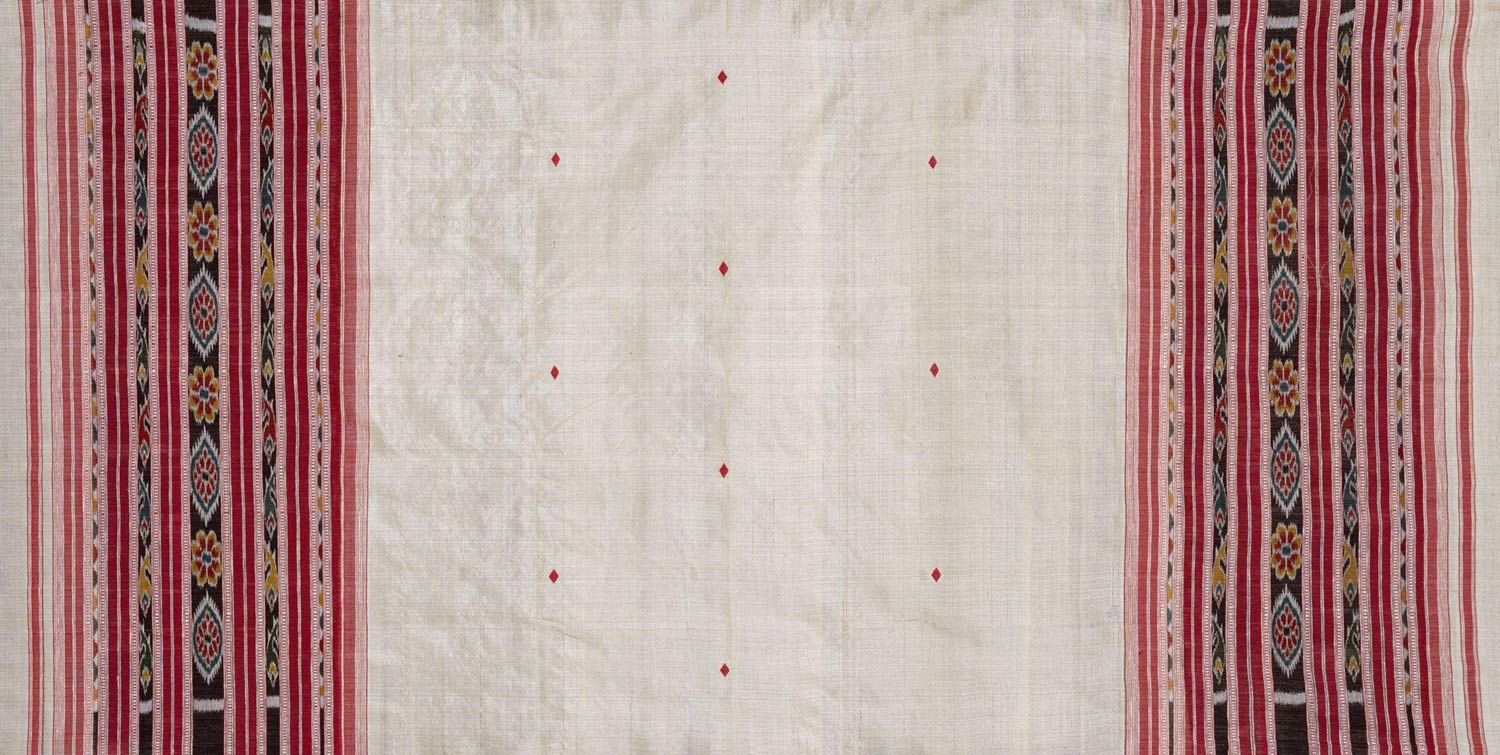ARTICLE
Tussar
India is the second largest global producer of tussar silk, especially tussar sarees. Known as tropical tussar, the indigenous material is largely collected and manufactured by communities in Bihar, West Bengal, Chhattisgarh, Madhya Pradesh, Assam and Jharkhand, collectively known as the tussar belt. In Chattisgarh, tussar is produced in the towns of Bastar, Jagdalpur, Raigarh, Bilaspur and Champa by the weaving community of the Devangans. Jharkhand and Bihar are the largest producers of tussar in the country, with over 50 percent of the total output produced in Bhagalpur and surrounding regions. Bihar’s tussar silk fibres are highly valued for their purity, variable textures and shades of dark honey and pale gold.
The tussar silk insect was introduced to the British East India Company in 1657, following which tussar textiles were shown at the Paris Exhibition of 1878 and consequently traded across England and France, as well as globally. In the mid-seventeenth century, tussar silk began to penetrate European fashion trends and production. It has since been utilised for European textiles, including printed silk curtains, furniture coverings, wall damasks and clothing. Today, several varieties of tussar silk are produced throughout Asia, including in India, Sri Lanka, Japan and China.
In recent years, the range of motifs and colours used in tussar has expanded. Tussar fabrics are also being dyed using chemical colours as opposed to the traditionally used natural dyes. Sustained demand for the silk has led to widespread and economically sustainable production of the textile, further reinforced by co-operatives and programs established to benefit the weaving communities. In Janjgir-Champa, Chhattisgarh, the local government established programs to benefit the communities that depend on silk production, which has resulted in nearly 350 tussar centres in the state. In 1974, a Weavers’ Service Centre was established in Bhagalpur, aimed at making subsidies and skill education accessible to weavers and their families. As of writing, there are approximately thirty thousand handloom weavers in the region who work on twenty-five thousand looms.
Today, the tussar weaving industry caters to both the domestic as well as the export market, resulting in annual trades of up to INR 100 crores. Contemporary fashion designers such as Manish Malhotra and Sabyasachi have also incorporated tussar in their work.
Tussar silk received a Geographical Indication (GI) tag in 2009.
Bibliography
Our website is currently undergoing maintenance and re-design, due to which we have had to take down some of our bibliographies. While these will be re-published shortly, you can request references for specific articles by writing to hellomapacademy@map-india.org.









